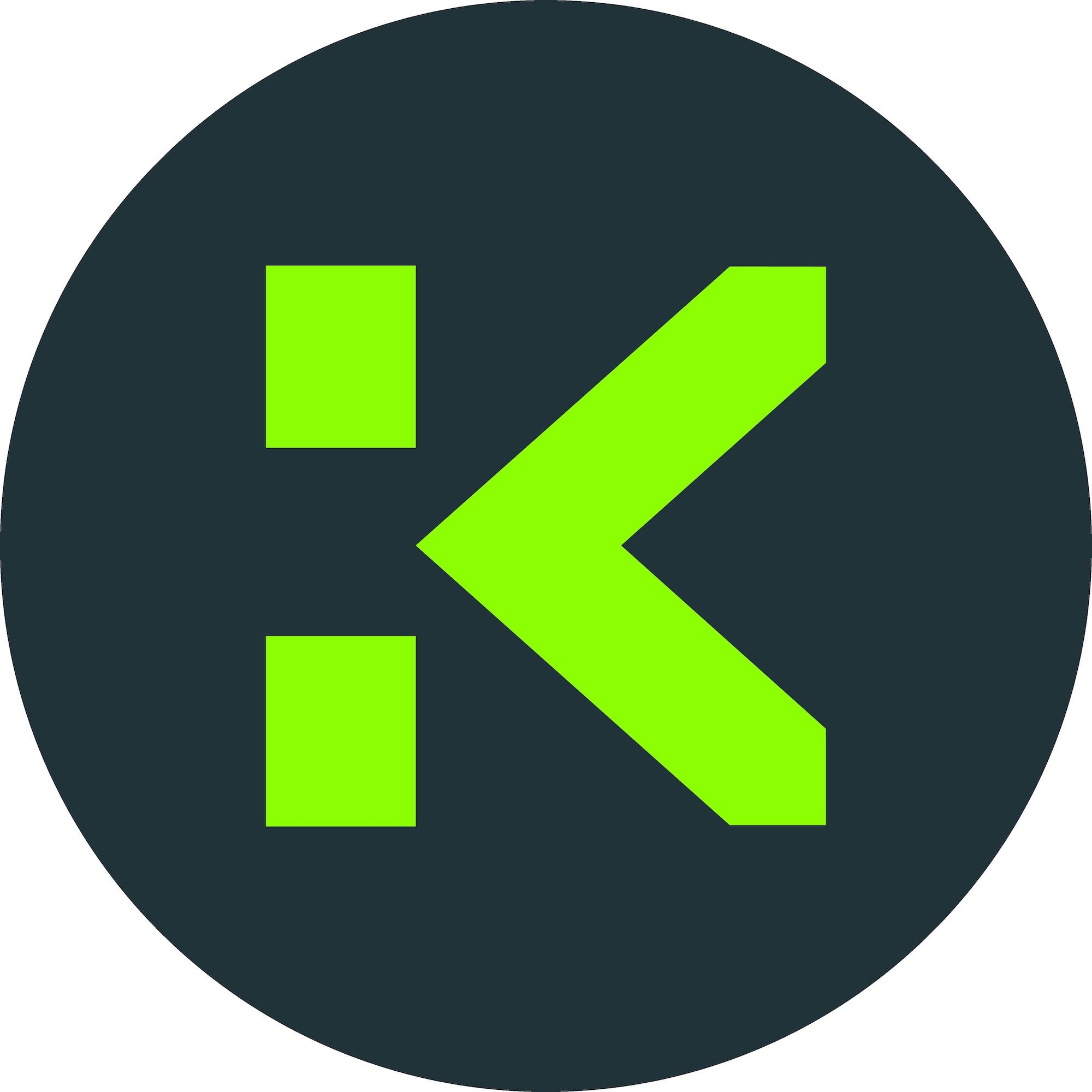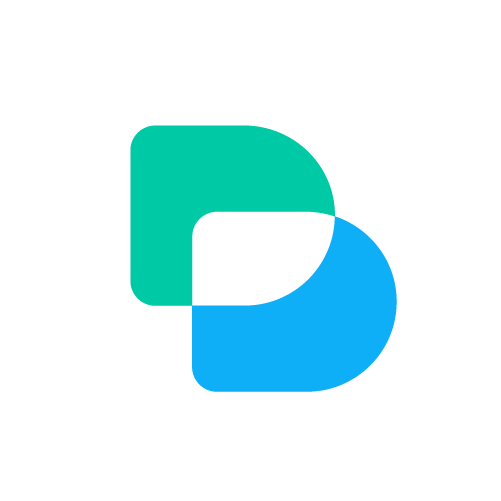USDC PNG: Stablecoin Innovations Explained

USDC PNG: Stablecoin Innovations Explained
Concept Introduction
In the fast-paced universe of cryptocurrencies, a few key innovations shape the backbone of decentralized finance (DeFi). Two such building blocks are USDC—a leading stablecoin—and PNG, the native token powering the Pangolin decentralized exchange. While both have distinct roles, their intersection sparks new trends in liquidity provision, trading, and financial innovation on the blockchain. This article delves into the concepts, historical backgrounds, underlying mechanisms, and the value they collectively bring to crypto markets.
Historical Background or Origin
USDC: The Rise of Regulated Stablecoins
USDC, or USD Coin, emerged in 2018 as a collaboration between Circle and Coinbase under the Centre Consortium. It was engineered to be a fully-backed, transparent, and regulated stablecoin, pegged 1:1 to the U.S. dollar. The motivation? To offer a digital asset that combines the familiar value of fiat currency with the speed, borderlessness, and programmability of blockchain technology.
PNG: Fueling Pangolin’s Community-Driven Growth
PNG isn’t just another altcoin—it’s the governance and utility token behind Pangolin, a decentralized exchange (DEX) built on the Avalanche blockchain. Launched in February 2021, Pangolin was inspired by leading DEX models but sought to improve speed and accessibility, leveraging Avalanche’s low fees and swift transaction finality. PNG empowers users with governance rights and incentivizes liquidity providers—crucial for any DEX.
Working Mechanism
USDC: Stability Without Borders
USDC is based on well-audited, transparent reserves. For every USDC token issued, there is a corresponding physical dollar (or equivalent) stored in regulated financial institutions. This framework allows USDC to:
- Remain Stable: Pegged at a near 1:1 value with the U.S. dollar.
- Be Auditable: With regular attestations (public reports) by independent firms.
Technical Layer:
USDC operates primarily as an ERC-20 token on Ethereum, but it has expanded to other blockchains such as Avalanche, Polygon, Solana, and more. Its availability on various chains makes it key for multi-chain DeFi operations.
PNG: Enhancing Pangolin’s Ecosystem
PNG functions as both a governance token and liquidity mining incentive:
- Governance: PNG holders vote on proposals, influencing upgrades, fee structures, or reward allocations, making Pangolin a community-driven project.
- Incentives: By providing liquidity to token pairs like USDC-AVAX or USDC-ETH, users earn PNG rewards. This model bootstraps deep liquidity, vital for healthy trading.
- Trading Utility: PNG can be staked or used in various DeFi strategies, adding more dimensions to user participation.
The USDC-PNG Pairing on Pangolin
One of the most significant innovations is pairing stablecoins such as USDC with volatile assets or governance tokens like PNG. This pairing brings unique benefits:
- Reduced Impermanent Loss: Pairing with a stablecoin dampens volatility risk for liquidity providers.
- Deep Liquidity, Better Trading: Liquidity pools like USDC/PNG mean traders get tight spreads and reliable trade execution.
- Yield Optimization: With liquidity mining, users can put their idle assets to work and farm PNG tokens, enhancing returns while holding a low-volatility asset like USDC.
Benefits or Advantages
USDC: Bringing Trust to Crypto
- Price Stability: Unlike most crypto assets, USDC holds steady at $1, making it ideal for remittance, savings, and as a trading pair.
- Regulatory Compliance: USDC’s transparency and adherence to regulations earn it trust from both individuals and institutions.
- Cross-Chain Functionality: Its presence on multiple blockchains makes it universally useful.
PNG and Pangolin: The DeFi Powerhouse
- Community Governance: Real power is given to users rather than centralized teams, guiding project direction responsibly.
- Low Fees and Fast Trades: Built on Avalanche, Pangolin trades clear in seconds at a fraction of the traditional DeFi cost.
- Extensive Asset Listings: Users can trade a variety of assets, including stablecoin pairs and new project tokens.
USDC/PNG Liquidity Pools: Marriage of Safety and Yield
By combining USDC and PNG in liquidity pools, DeFi users gain:
- Yield with Reduced Risk: Thanks to USDC’s stability, users can farm PNG or other rewards without as much exposure to wild price swings.
- Efficient On/Off Ramping: USDC’s pegged value makes entering or exiting the market smoother and less stressful.
- More Predictable Earnings: Because one side of the pair is stable, overall pool returns are easier to forecast.
Applications, Use Cases, and Ecosystem Integration
Decentralized Trading and Swapping
Every crypto user needs a reliable way to swap assets. On Pangolin, USDC provides a trusted base pair, while PNG rewards make swapping more attractive. Together, they encourage both traders and liquidity providers to participate actively.
Liquidity Mining and Staking
Users can deposit USDC and PNG into a liquidity pool and receive LP (liquidity provider) tokens, which can then be staked for further rewards. This layered approach multiplies potential yields and turbocharges market growth.
Cross-Chain Transfers
Thanks to Avalanche’s bridge mechanisms and USDC’s multi-chain support, funds can flow seamlessly between chains, opening new frontiers for DeFi composability and arbitrage strategies.
Saving, Lending, and Synthetic Assets
Stablecoins like USDC underpin lending protocols, while PNG incentivizes user contribution to these platforms. Together, they also enable projects that issue synthetic assets or facilitate decentralized savings accounts.
Pro Tip: When interacting with DeFi protocols, always use a secure and reputable web3 wallet. Bitget Wallet has gained prominence for its security, seamless integration, and user-friendly interface—making it a top choice across many dApps, including Pangolin.
Challenges and Future Outlook
Risks to Consider
- Smart Contract Vulnerabilities: Any DeFi protocol can potentially be hacked. Users should research, use reputable wallets like Bitget Wallet, and never invest more than they can afford to lose.
- Regulatory Changes: As stablecoins evolve, new regulations could impact their use, so staying informed is critical.
- Market Volatility: While USDC mitigates some risk, PNG and other volatile assets can still swing widely in price.
Upcoming Trends
- Growth in Cross-Chain Activity: The ability to move USDC and PNG across blockchains will become easier, connecting users and liquidity globally.
- Enhanced User Experience: DEXs like Pangolin are continually improving interfaces, lowering fees, and introducing new yield opportunities.
- Greater Institutional Adoption: With high transparency and regulatory compliance, USDC is increasingly favored by institutions, further boosting DeFi’s credibility.
The Emerging Value of USDC PNG Synergy
What makes the intersection of USDC and PNG truly exciting is its foundation for accessible, secure, and community-driven financial services. As stablecoins like USDC unlock new DeFi use cases and PNG supercharges platform engagement, their combined momentum reveals how powerful the blockchain ecosystem can be when utility and innovation converge. Whether you’re a seasoned DeFi enthusiast or just beginning your journey, understanding the synergy between these assets is key to navigating and thriving in the evolving crypto landscape.























